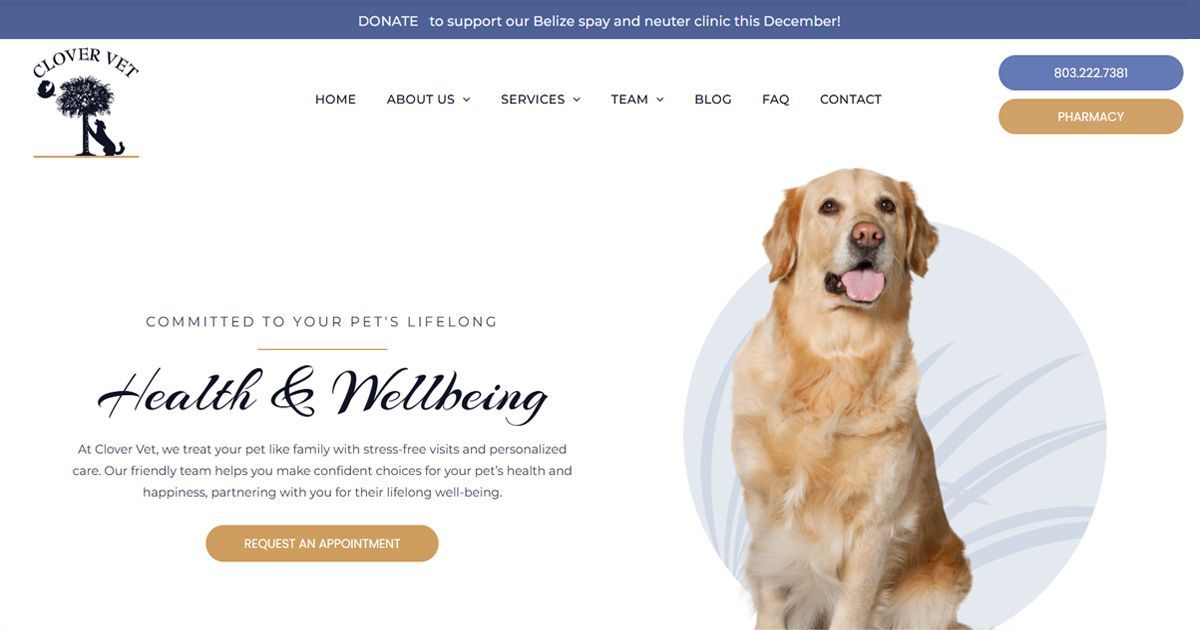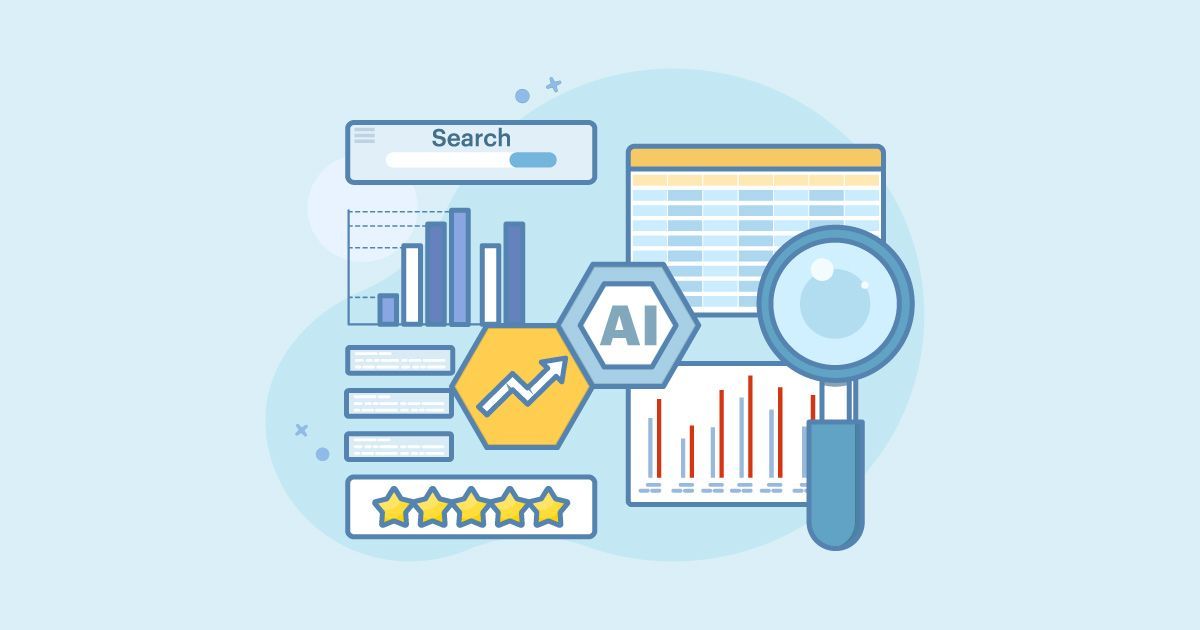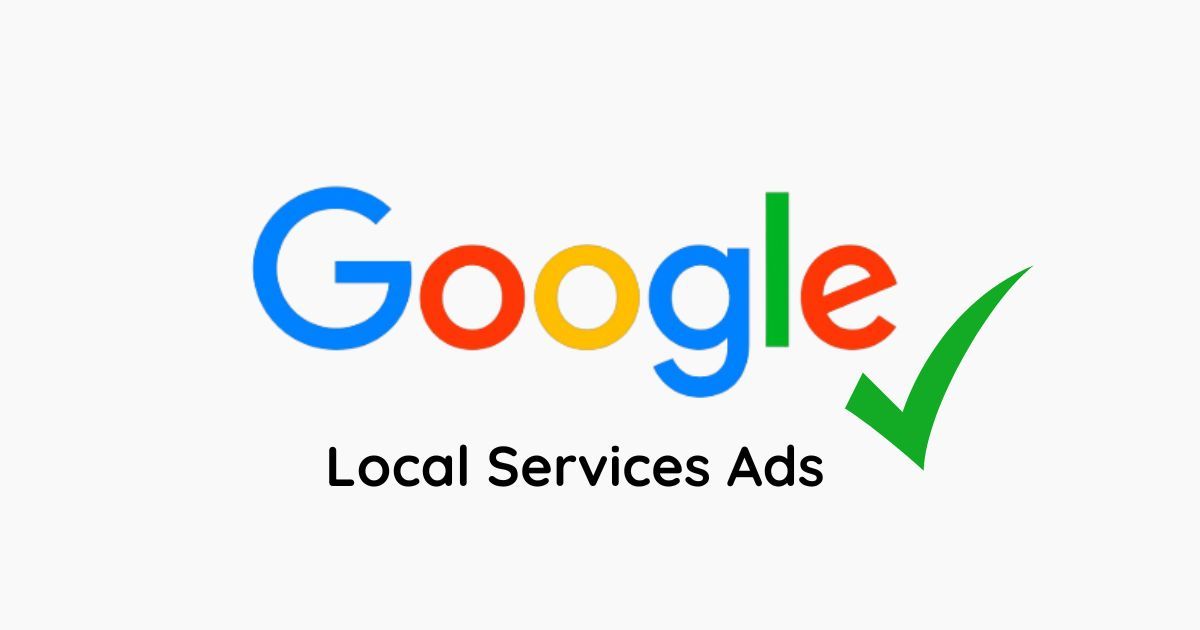The Local Business AI Optimization Checklist
6 Optimization Steps to Get Found in AI Searches
In 2025, we're seeing big changes in Google's algorithm updates. These updates focus on making users happy, following E-E-A-T principles (which stand for Experience, Expertise, Authoritativeness, and Trustworthiness), fighting against spam, and blending in AI-generated content.
For marketers this year, the main ideas are to put user experience first, create top-notch and original content that really helps solve problems, and build trust by showing real experience, expertise, authority, and reliability.
Here are 6 steps to focus on when optimizing for AI:
Step 1. Structure Your Content for AI
To make your content simple for AI tools to understand and share, organize it in a way that's easy for both people and machines to scan quickly.
- Start with a strong, clear title that grabs attention and tells exactly what the page is about.
- Divide your content into sections using headings that are phrased like everyday questions people might ask, such as "How Do I Fix This Problem?" instead of just "Solutions."
- Begin each page with a short summary right at the top, giving a quick overview of the main points so readers (and AI) can get the key ideas fast.
- Instead of writing long blocks of text, use bullet points or numbered lists to break things up, making it easier to read and find specific information.
Research: Local Falcon tested over 60,000 searches in 20 different countries and discovered that content with good structure - like clear headings and short, direct answers - boosted the chances of appearing in AI Overviews.
Step 2. Embed Semantic Markup
Help search engines get a better grasp of your content by adding special codes that provide extra hints about what your page is really about.
- If your content answers frequently asked questions, add "FAQ" labels using schema markup to highlight those sections clearly.
- For guides that explain processes step by step, use "How-To" labels to mark them as instructional content.
- Ensure your page's title and meta description closely match the words and phrases people commonly use when searching for that topic, so it aligns well with their needs.
Research: Whitespark’s case study on AI Overviews showed that using schema markup, especially for FAQs and How-To guides, made content much more likely to show up in AI summaries, particularly for local searches.
Step 3. Showcase Experience, Expertise, Authoritativeness, (E-E-A-T)
Prove to readers and search engines that you're a reliable source who really knows the topic by highlighting your experience, expertise, authority, and trustworthiness.
- Include a short bio about the author at the end of the article, sharing their background, qualifications, and why they're qualified to write about this subject.
- Add links to well-respected external websites, such as major news sources, official government pages, or industry experts, to back up your points with solid evidence.
- Connect to other relevant pages on your own website to help visitors explore more and stay on your site longer, which shows depth in your content.
- Feature real customer reviews, testimonials, or stories of successful outcomes to build trust and show that others have benefited from your advice or services.
Research: HubSpot reports that content which clearly demonstrates expertise, credibility, and trust tends to do much better in searches powered by AI.
Step 4. Write in an AI-Friendly Style
Create content using everyday language that's straightforward and directly answers what people are asking, making it feel natural and helpful.
- Write as if you're chatting with a friend—keep it casual, friendly, and easy to follow without using complicated words or jargon.
- Provide short, clear answers to the most common questions right away, so readers don't have to hunt for the information they need.
- Include real-life examples or short stories to explain ideas better, helping people connect and understand the concepts more easily.
- Naturally weave in different ways people might phrase their searches, but avoid stuffing in the same keywords over and over, as that can make it sound unnatural.
Research: Blogpot also reports that more than half of marketers who use AI for creating content say that a natural, conversation-like style leads to better engagement from readers and higher visibility in searches.
Step 5. Enhance User Experience
Improve how your website feels and works for visitors, so it's simple, fun, and quick to use on any device.
- Include helpful images, graphics, or charts throughout the content, and add brief descriptions (alt text) to explain what they show for better accessibility.
- Optimize your site to load fast and run smoothly on mobile phones, since many people browse on the go and slow sites can frustrate them.
- For longer articles, add a table of contents at the beginning with clickable links to each section, making it easy to jump around.
- Finish with a clear call-to-action, like a button or link saying "Contact Us Today" or "Book Your Appointment Now," to guide visitors on what to do next.
Research: Case studies on SEO for small businesses reveal that simple upgrades, such as quicker loading times and designs that work well on phones, often lead to better positions in search results.
Step 6. Optimize for AI Summaries & Overviews
Set up your content in a format that lets AI easily pull out and display quick, useful snippets as summaries.
- Right under each heading, include a short "quick answer" paragraph that sums up the key info in a few sentences.
- Use easy-to-scan lists, such as pros and cons, step-by-step instructions, or lists of benefits, to organize information clearly.
- Wrap up your page with an FAQ section where questions are written exactly how people might type them into a search engine, like "What is the best way to...?"
Research: Whitespark also found that searches about local topics often bring up AI Overviews, and content featuring lists and FAQs was much more likely to be included in those features.
Conclusion
In today's AI-driven marketing landscape, success hinges on blending human-centric strategies with machine-readable optimizations.
By prioritizing
user experience, crafting
original and problem-solving content, and
establishing E-E-A-T, you're not just adapting to AI -you're future-proofing your brand. Implementing these six steps: structuring content for scannability, embedding semantic markup, showcasing expertise, adopting a conversational style, enhancing UX, and optimizing for summaries will position your content to thrive in AI overviews and search results.
Remember, the goal isn't to game the system but to genuinely serve your audience while aligning with evolving algorithms. Start applying these tactics today, monitor your performance, and watch your visibility and engagement soar in an increasingly intelligent digital world.
Frequently Asked Questions (FAQs)
What is E-E-A-T, and why is it important for AI optimization?
E-E-A-T stands for Experience, Expertise, Authoritativeness, and Trustworthiness. It's a framework Google uses to evaluate content quality, and it's crucial for AI because search engines prioritize reliable sources in summaries and overviews. Demonstrating E-E-A-T through author bios, credible links, and testimonials helps build trust with both users and AI algorithms.
How does schema markup help with AI visibility?
Schema markup adds structured data to your content, making it easier for search engines and AI tools to understand and categorize elements like FAQs or how-to guides. Research from Whitespark shows it significantly increases the chances of your content appearing in AI-generated summaries, especially for local or instructional queries.
Can I overdo keyword usage when optimizing for AI?
Yes, avoid keyword stuffing as it can make content sound unnatural and may penalize your rankings. Instead, naturally incorporate variations of search phrases in a conversational style, focusing on providing value. This approach leads to better engagement, as noted in Blogpot's reports on AI content creation.
How quickly can I see results from these optimization steps?
Results vary based on your site's current state, competition, and implementation quality, but many see improvements in 4-8 weeks. Focus on high-traffic pages first, track metrics like AI overview appearances and organic traffic, and iterate based on performance data.
Do these strategies work for all types of content, like e-commerce or blogs?
Absolutely! These steps are versatile and apply to blogs, product pages, guides, and more. For e-commerce, emphasize user reviews and how-to schema; for blogs, prioritize conversational tone and FAQs. Tailor them to your niche while keeping user experience at the core.




